density pred size surv propsurv
1 10 no big 9 0.9
2 10 no big 10 1.0
3 10 no big 7 0.7
4 10 no big 10 1.0
5 10 no small 9 0.9
6 10 no small 9 0.9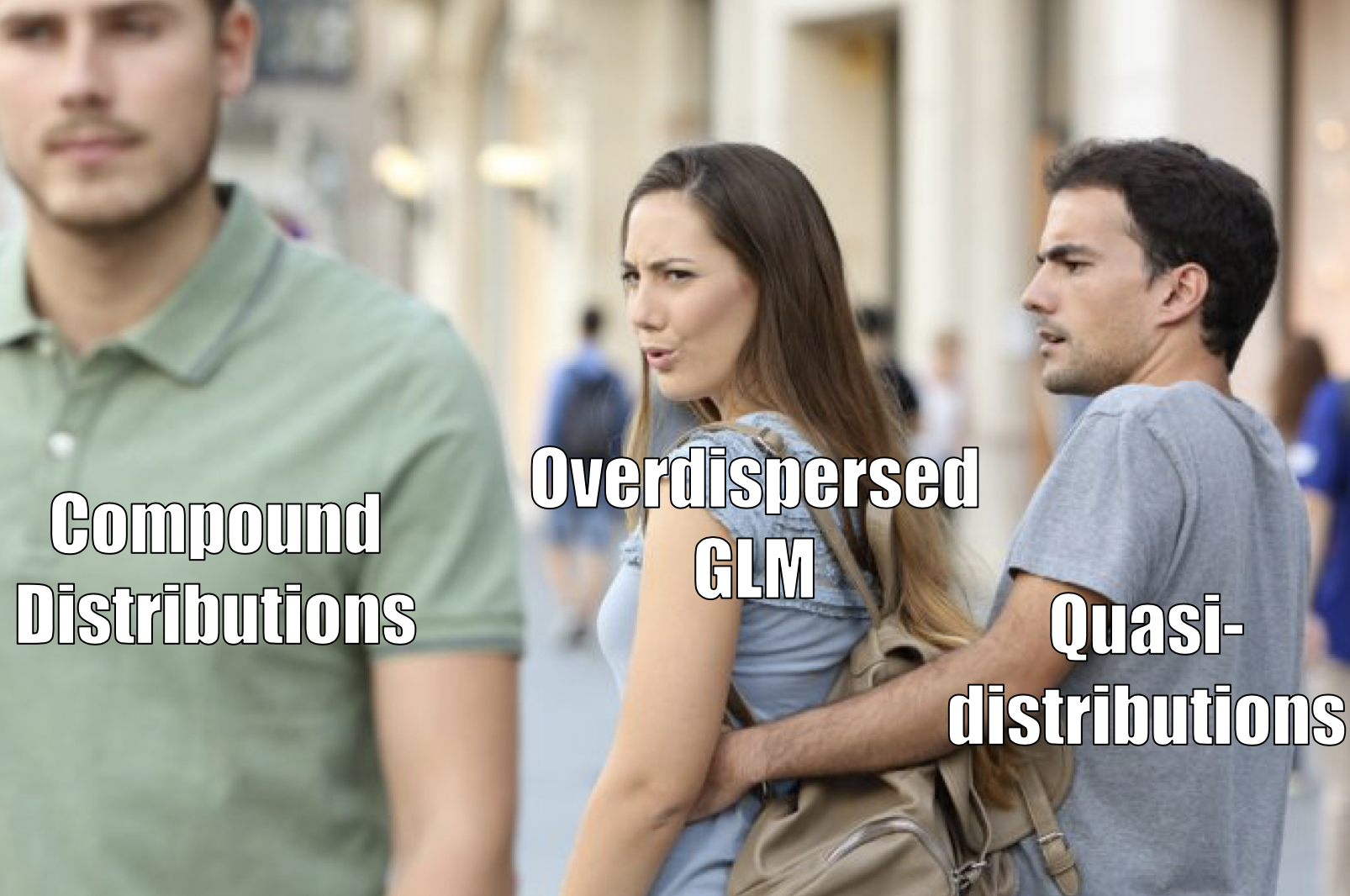
Reed frogs
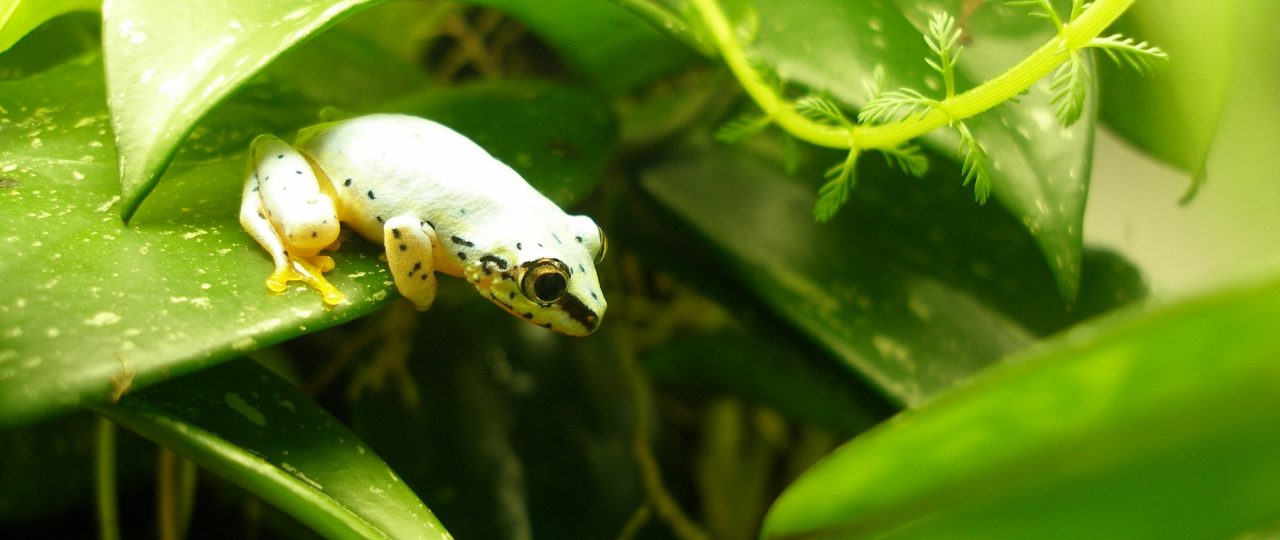
Reed frogs Survival Analysis
But those QQ plots…
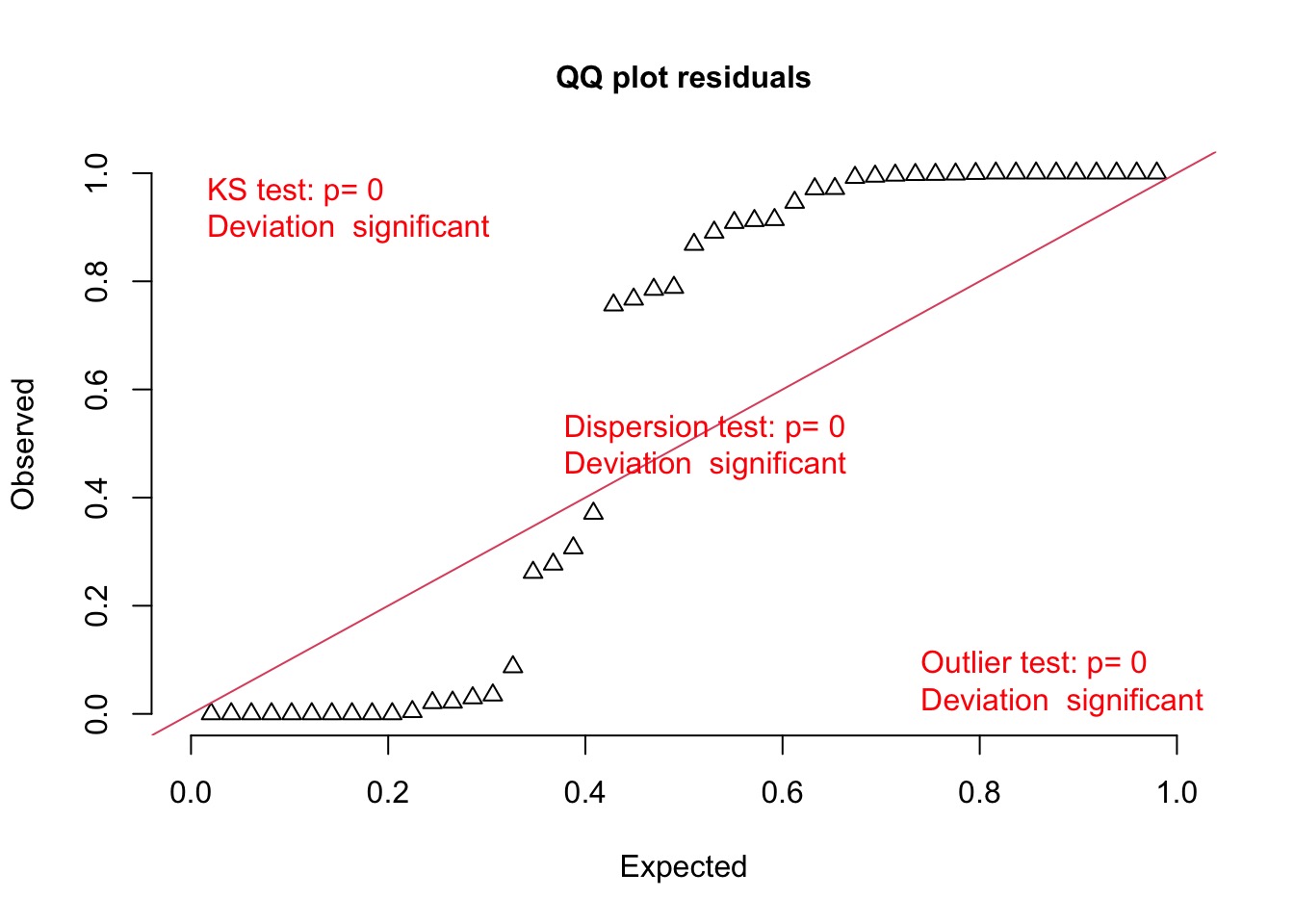
What is Overdispersion
We expect Binomial, Poisson, and other relationships to have a fixed relationship with their variance.
- For Poisson, variance = mean. - For Binomial, the variance is size*p(1-p).Overdispersion is when we use these distributions, but fail to meet the above assumption.
Overdispersed Binomial

Overdispersed Poisson
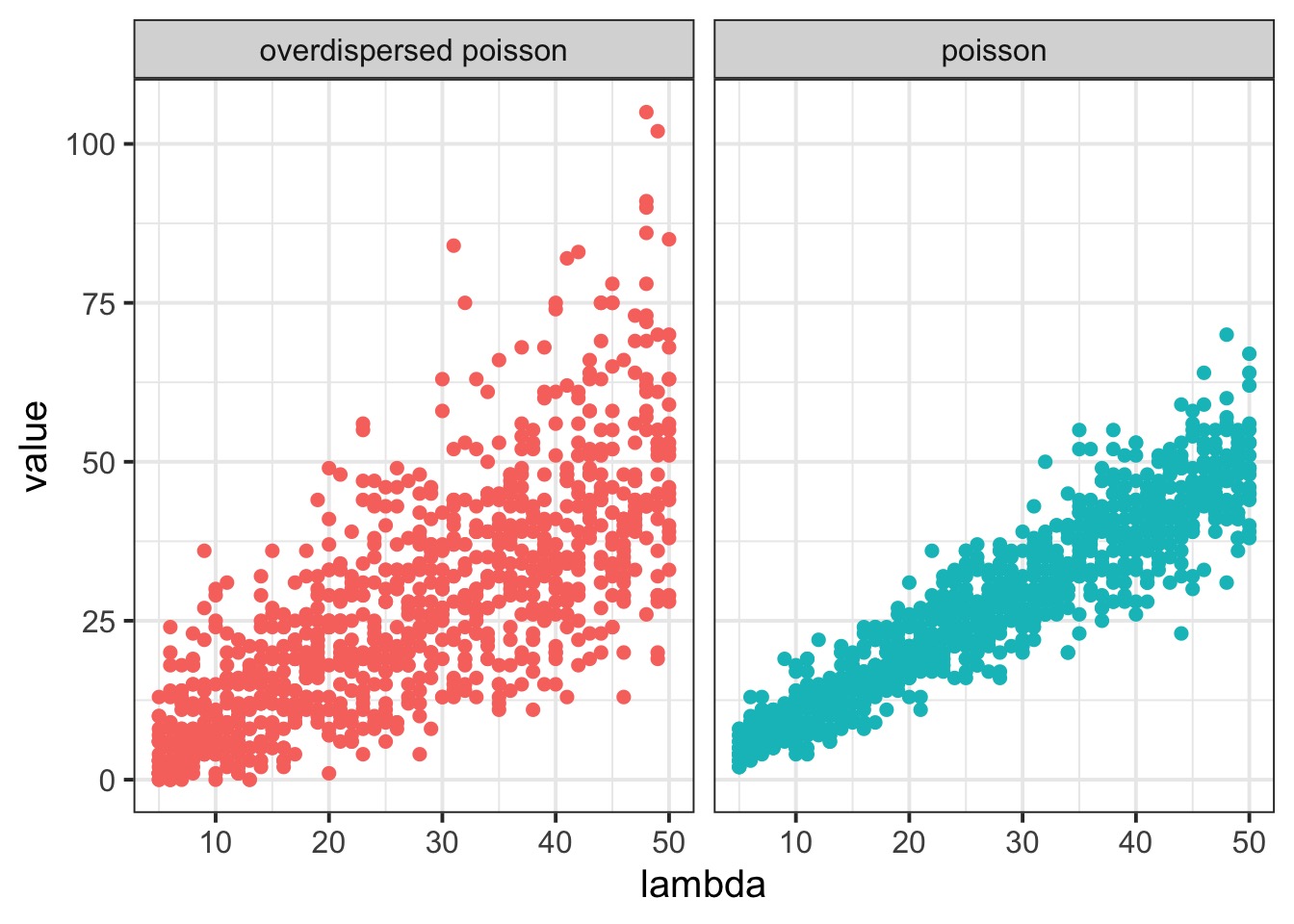
What could over/underdispersion indicate?
We are missing key predictors
We are failing to model heterogeneity in predictions due to autocorrelaiton
- Random Effects
- Temporal autocorrelation
- Spatial autocorrelation
- Random Effects
We are using the wrong error distribution
Mixture-based solutions
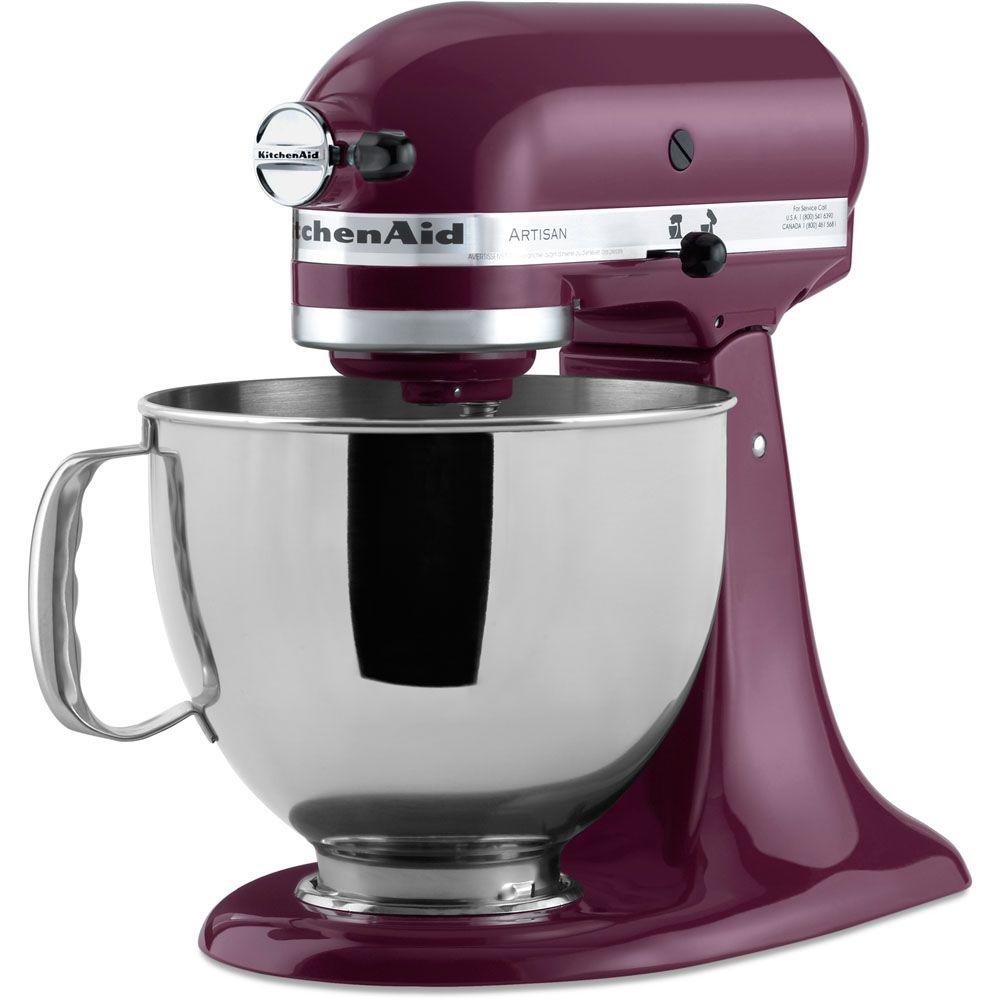
We can mix distributions in two ways
First, we can apply a scaling correction - a Quasi-distribution
OR, we can mix together two distributions into one!
Quasi-distributions and a Scaling Parameter
Binomial pdf: \[P(X=k)={n \choose k}p^{k}(1-p)^{n-k}\]
Quasi-binomial pdf: \[P(X=k)={n \choose k}p(p+k\phi)^{k-1}(1-p-k\phi)^{n-k}\]
Some Quasi-Information
Parameter estimates unaffected (same estimate of mean trend)
SE might change
Uses ‘quasi-likelihood’
We need to use QAIC instead of AIC to account for overdispersion
Really, we fit a model, then futz with \(\phi\) to accomodate error
Let’s Cook with Flame: Pure Mixture Distributions

Consider…
\(X \sim Bin(n,p)\)
\(p\sim Beta(\alpha,\beta)\)
with \(\alpha = p \theta\) and \(\beta = (1-p) \theta\)
or
\(p\sim BetaBin(n, \hat{p},\theta)\)
The Beta

How does the beta binomial change things?

How does the beta binomial change things?

How does the beta binomial change things?

How does the beta binomial change things?

A Bayesian Approach
An Exponential Prior?

Or An Cauchy Prior?
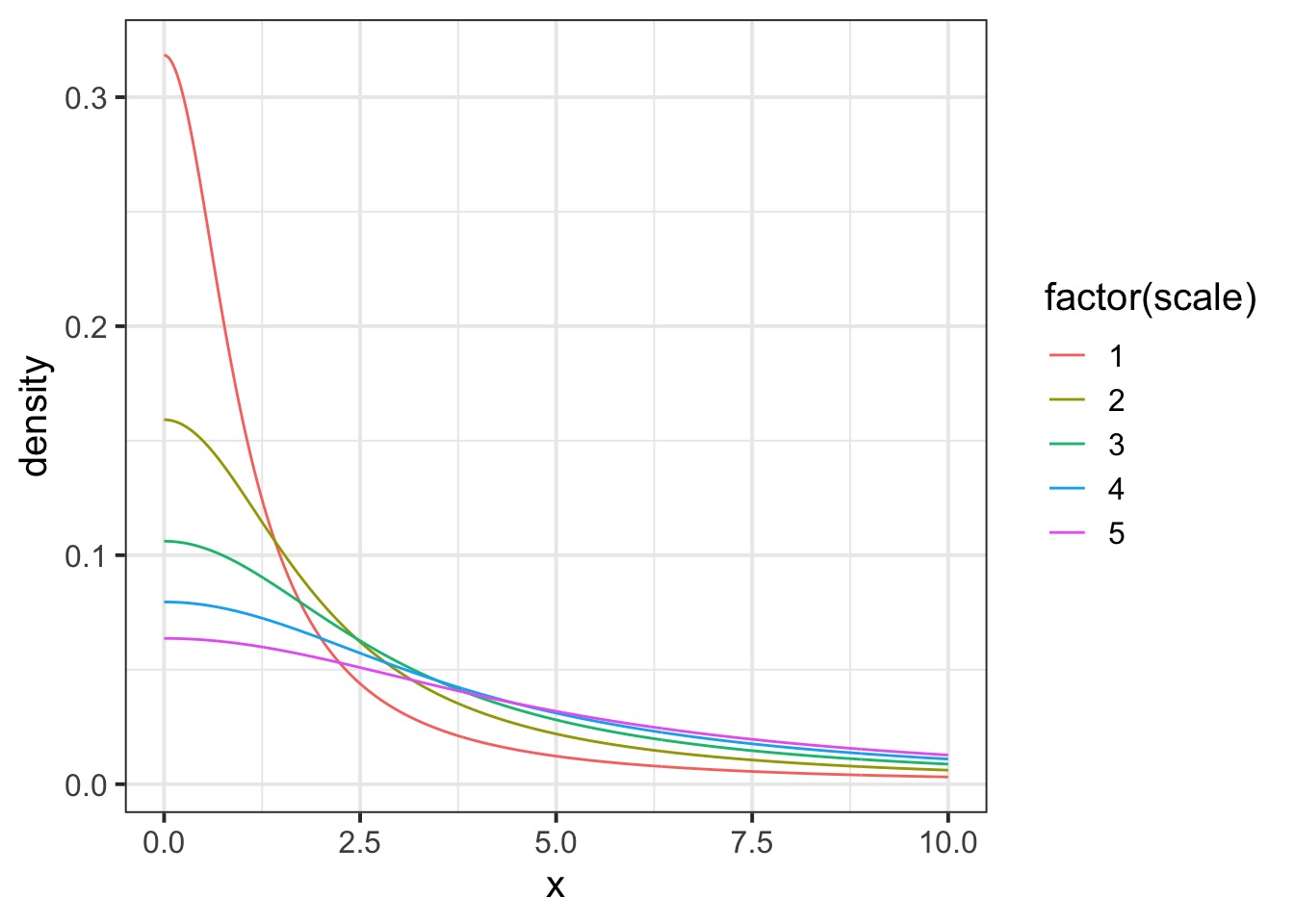
Let’s look at an estimate!

How does Overdispersion Affect this?
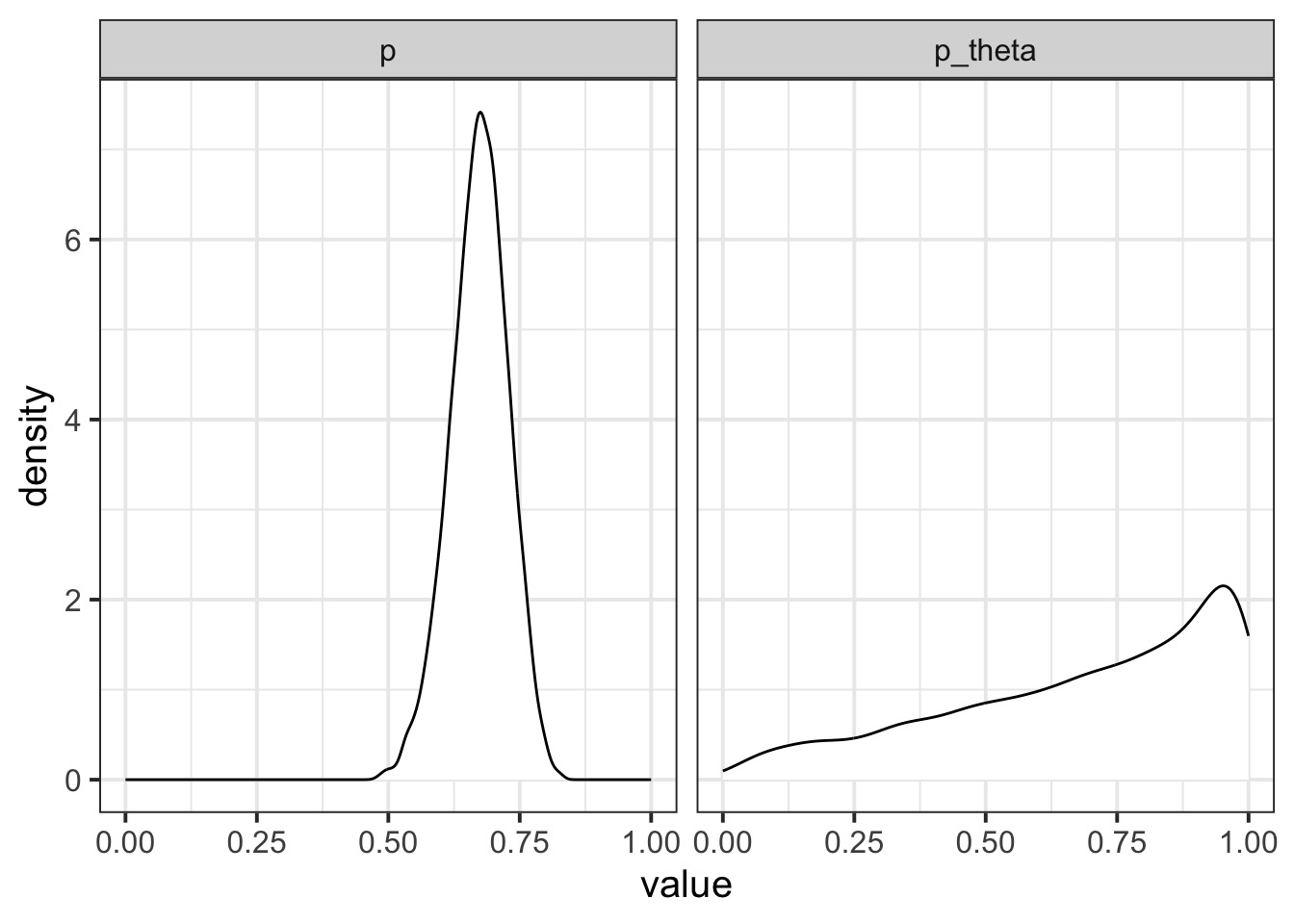
Code
d <- 35
d_trans <- (d - mean(reedfrogs$density))/sd(reedfrogs$density)
coef_draws <- tidy_draws(reed_bb_fit) |>
mutate(p = inv_logit(a + b*d_trans),
p_theta = rbeta2(n(), p, theta)) |>
tidyr::pivot_longer(cols = c(p, p_theta))
ggplot(coef_draws,
aes(x = value)) +
geom_density(fill = "white") +
facet_wrap(vars(name))Variability in Overdispersion by Draw
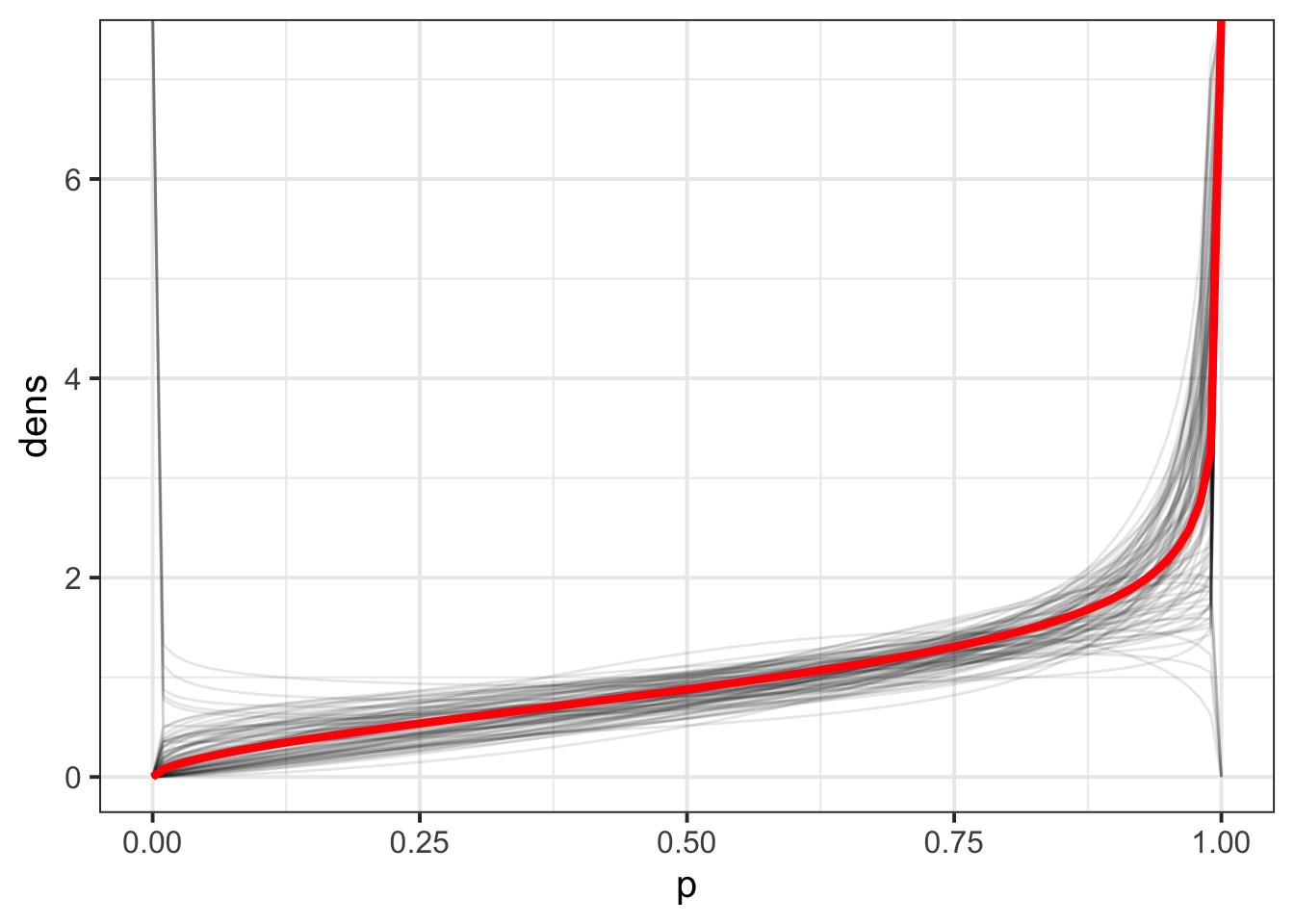
Did this solve our overdispersion problem?
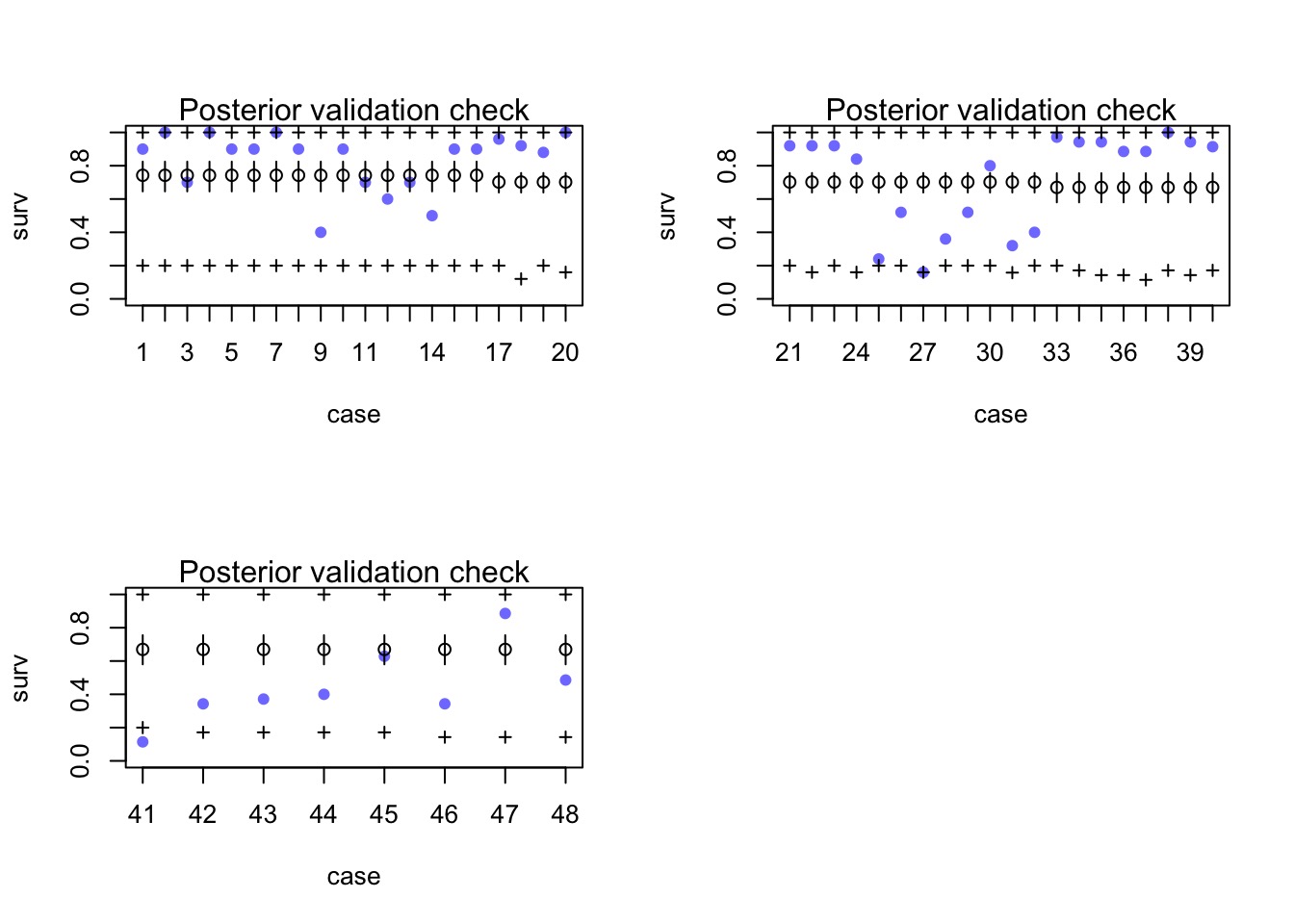
Results
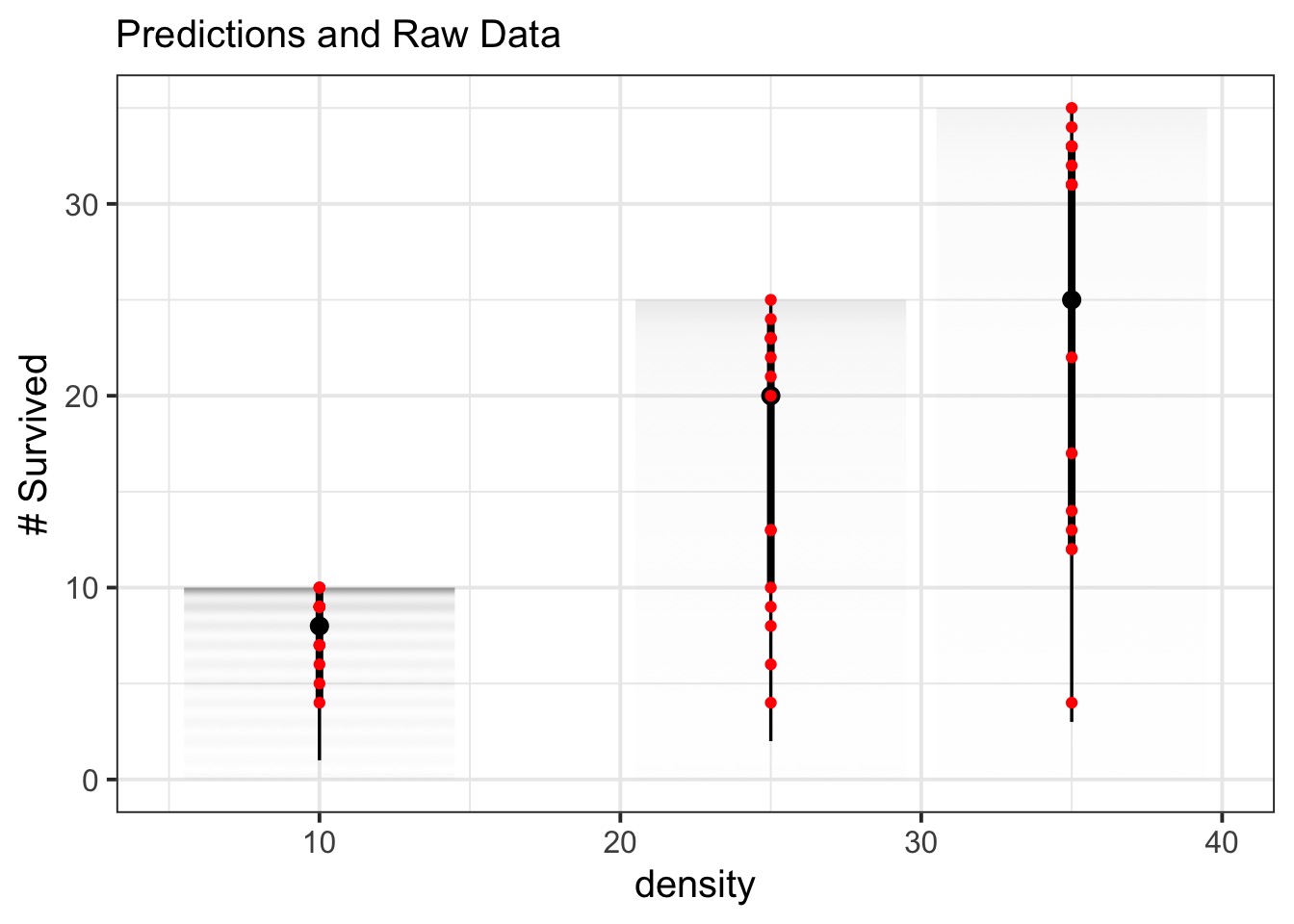
A brief note on IC
Because of the underlying latent nature of a beta-binomial, use WAIC with care
DIC and LOO more reliable, but stay tuned.
But, there are alternate models here with more predictors which might explain away the heterogeneity.
Also, RE might handle the hetereogeneity, obviating the need for this overdispersion.
Hurricanes and Gamma Poisson
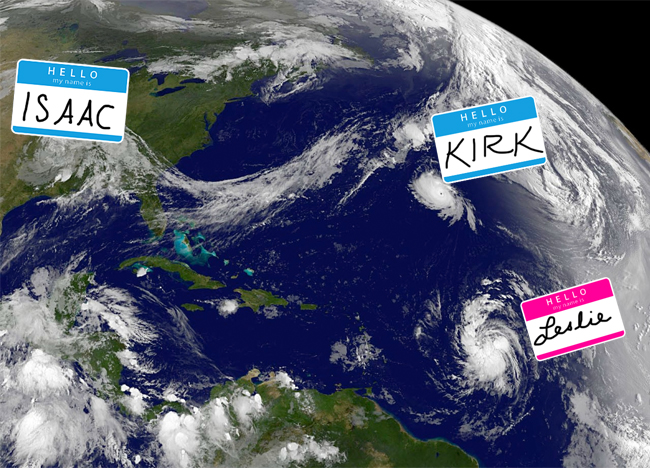
Overdispersed hurricanes
name year deaths category min_pressure damage_norm female femininity
1 Easy 1950 2 3 960 1590 1 6.77778
2 King 1950 4 3 955 5350 0 1.38889
3 Able 1952 3 1 985 150 0 3.83333
4 Barbara 1953 1 1 987 58 1 9.83333
5 Florence 1953 0 1 985 15 1 8.33333
6 Carol 1954 60 3 960 19321 1 8.11111Overdispersed hurricanes
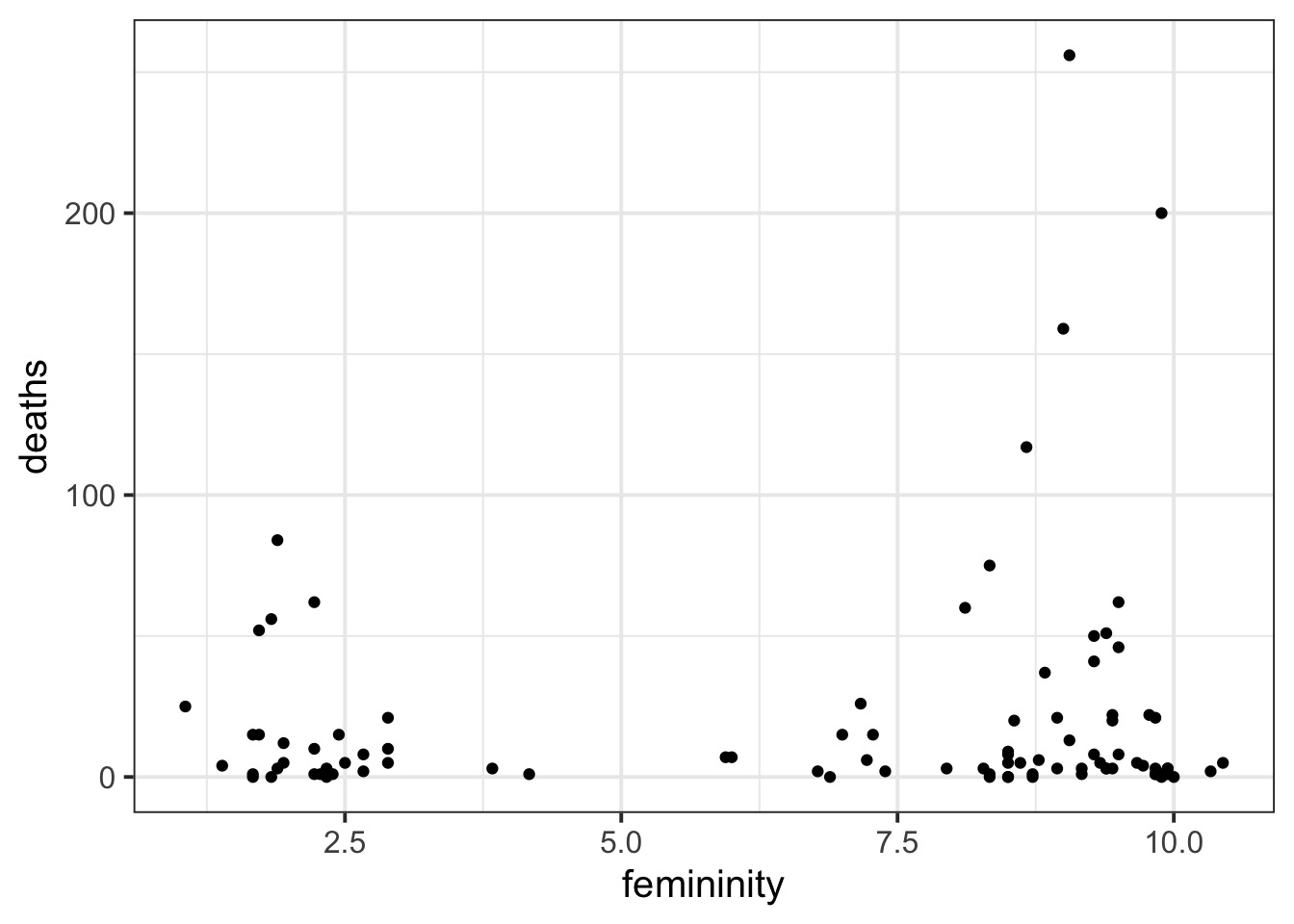
Poisson?
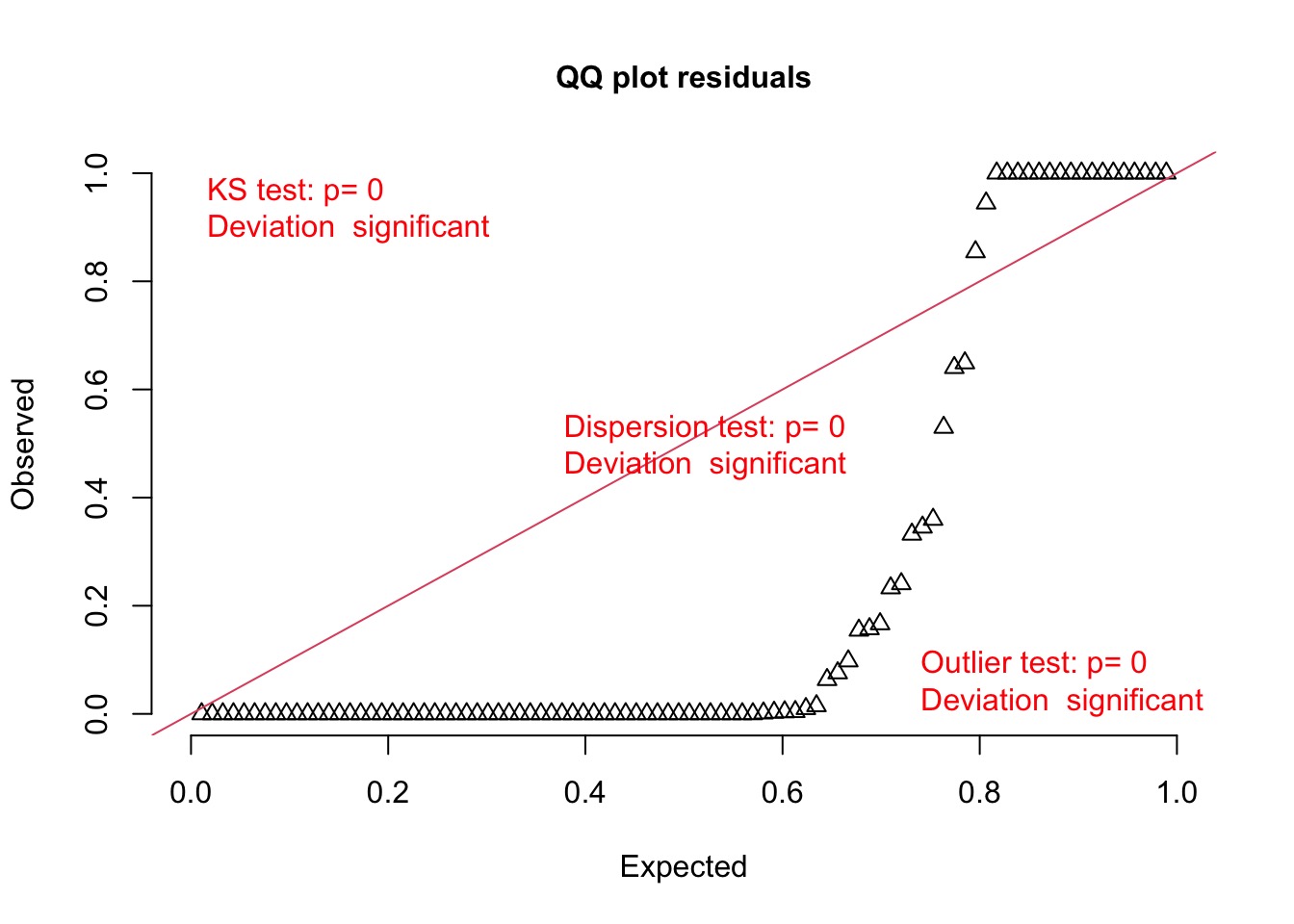
Options for Overdispersed Poisson
- Quasi-poisson
- \(var(Y) = \theta \mu\)
- Post-hoc fitting of dispersion parameter
- \(var(Y) = \theta \mu\)
- Gamma-poisson mixture
- \(Y \sim Pois(\lambda)\)
- $Gamma(, )
- Equivalent to a Negative Binomial
- Variance increases with square of mean
- \(Y \sim Pois(\lambda)\)
The Gamma Poisson
\[ Y \sim GammaPoisson(\lambda, \phi)\]
One of the most useful distributions you will run into is the Gamma Poison.
It’s just another name for the negative binomial.
Distribution for count data whose variance increases faster than its mean - Variance is \(\lambda + \lambda 2/\phi\)
The \(\lambda\) parameter of your standard Poisson is Gamma distributed.
The Distribution (mean of 40)
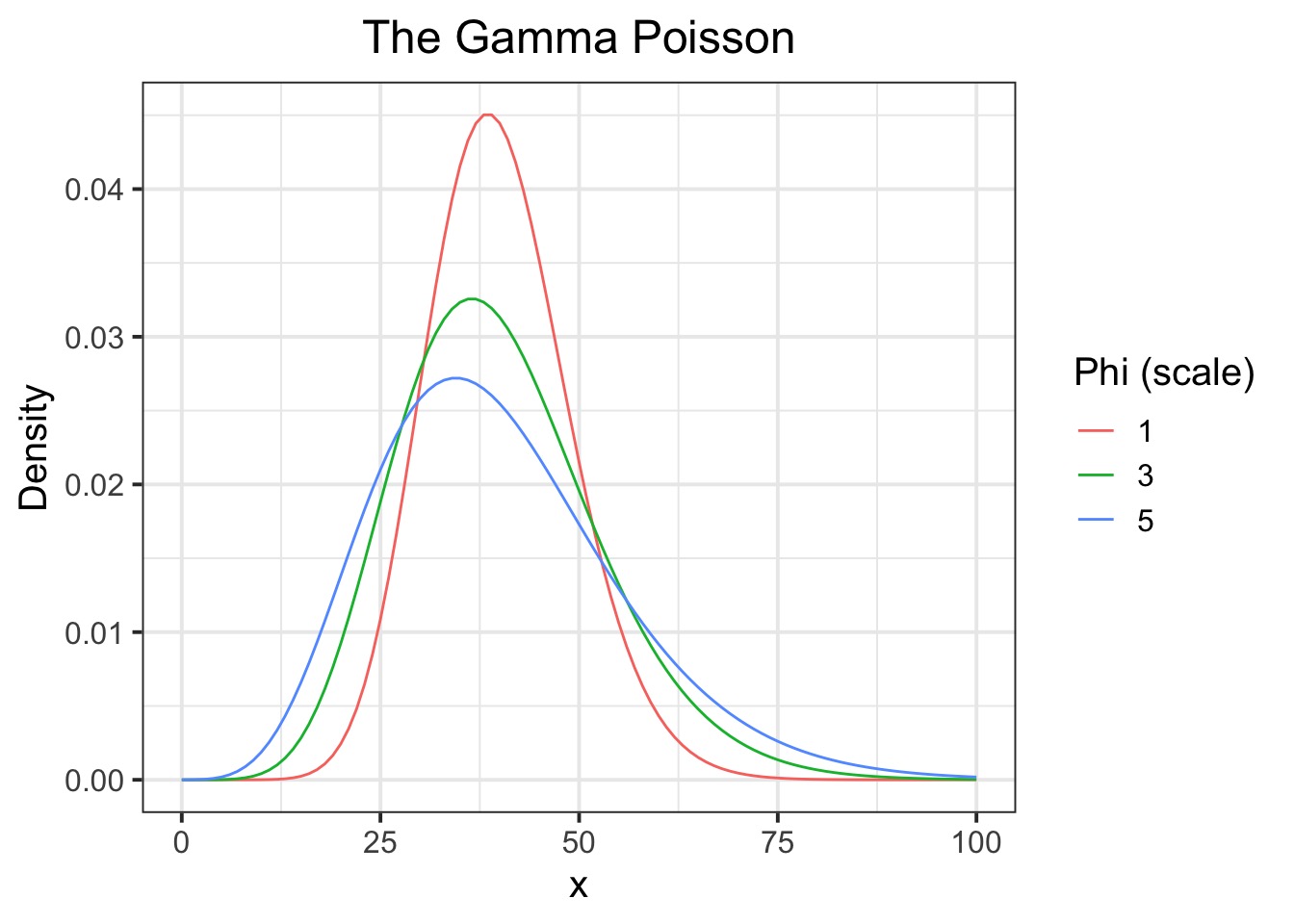
Two approaches to hurricanes with Likelihood
Another look at overdispersion
Call:
glm(formula = deaths ~ femininity, family = quasipoisson, data = Hurricanes)
Coefficients:
Estimate Std. Error t value Pr(>|t|)
(Intercept) 2.50037 0.54371 4.599 1.38e-05 ***
femininity 0.07387 0.06778 1.090 0.279
---
Signif. codes: 0 '***' 0.001 '**' 0.01 '*' 0.05 '.' 0.1 ' ' 1
(Dispersion parameter for quasipoisson family taken to be 73.78494)
Null deviance: 4031.9 on 91 degrees of freedom
Residual deviance: 3937.5 on 90 degrees of freedom
AIC: NA
Number of Fisher Scoring iterations: 6How did the Gamma Poisson (NB) Compare?
Call:
glm.nb(formula = deaths ~ femininity, data = Hurricanes, init.theta = 0.454664691,
link = log)
Coefficients:
Estimate Std. Error z value Pr(>|z|)
(Intercept) 2.53050 0.36685 6.898 5.28e-12 ***
femininity 0.06965 0.04882 1.427 0.154
---
Signif. codes: 0 '***' 0.001 '**' 0.01 '*' 0.05 '.' 0.1 ' ' 1
(Dispersion parameter for Negative Binomial(0.4547) family taken to be 1)
Null deviance: 111.15 on 91 degrees of freedom
Residual deviance: 109.10 on 90 degrees of freedom
AIC: 708.63
Number of Fisher Scoring iterations: 1
Theta: 0.4547
Std. Err.: 0.0625
2 x log-likelihood: -702.6260 Let’s look at the residuals
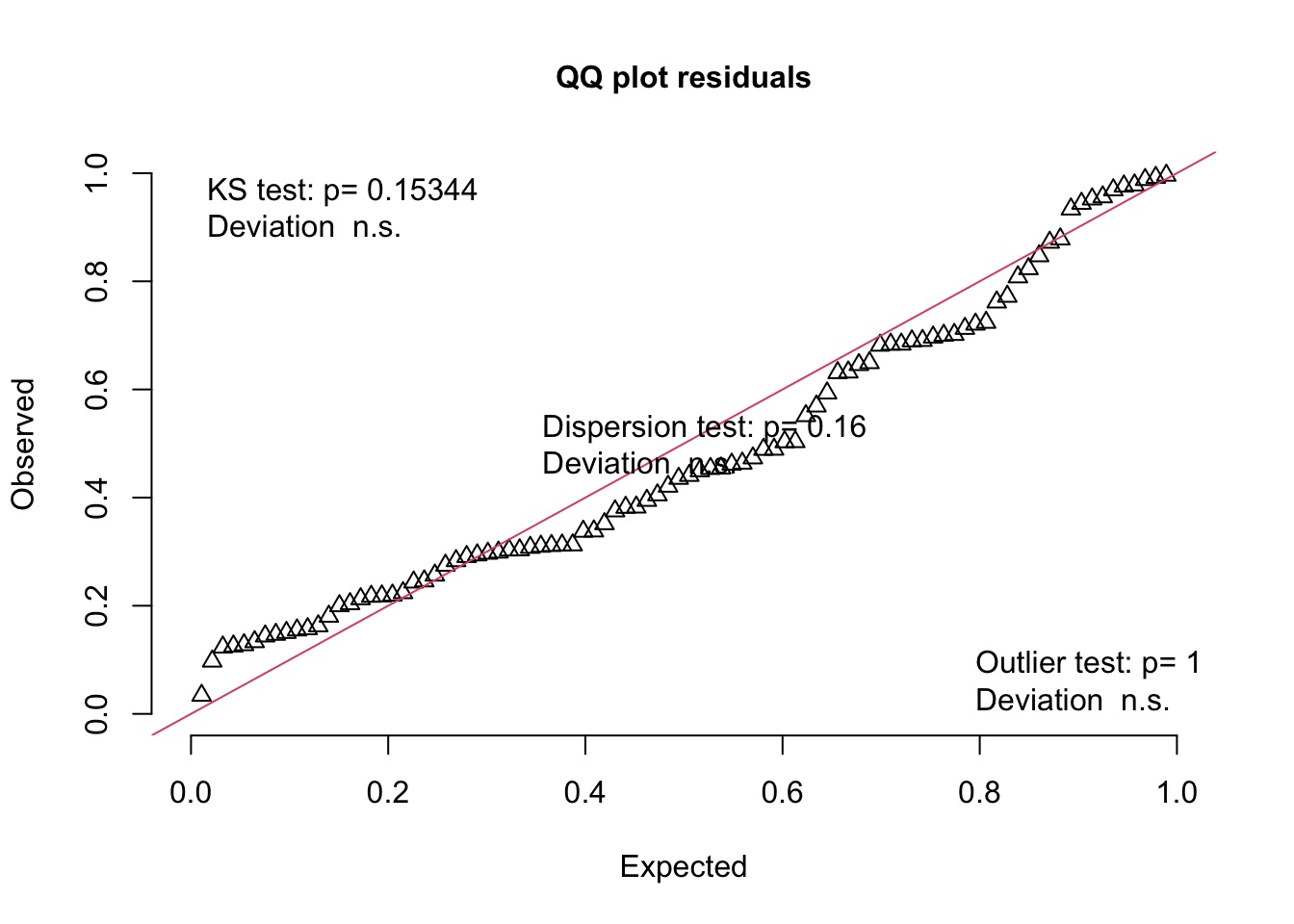
A Fully Bayesian Gamma Poisson
Did it Work?
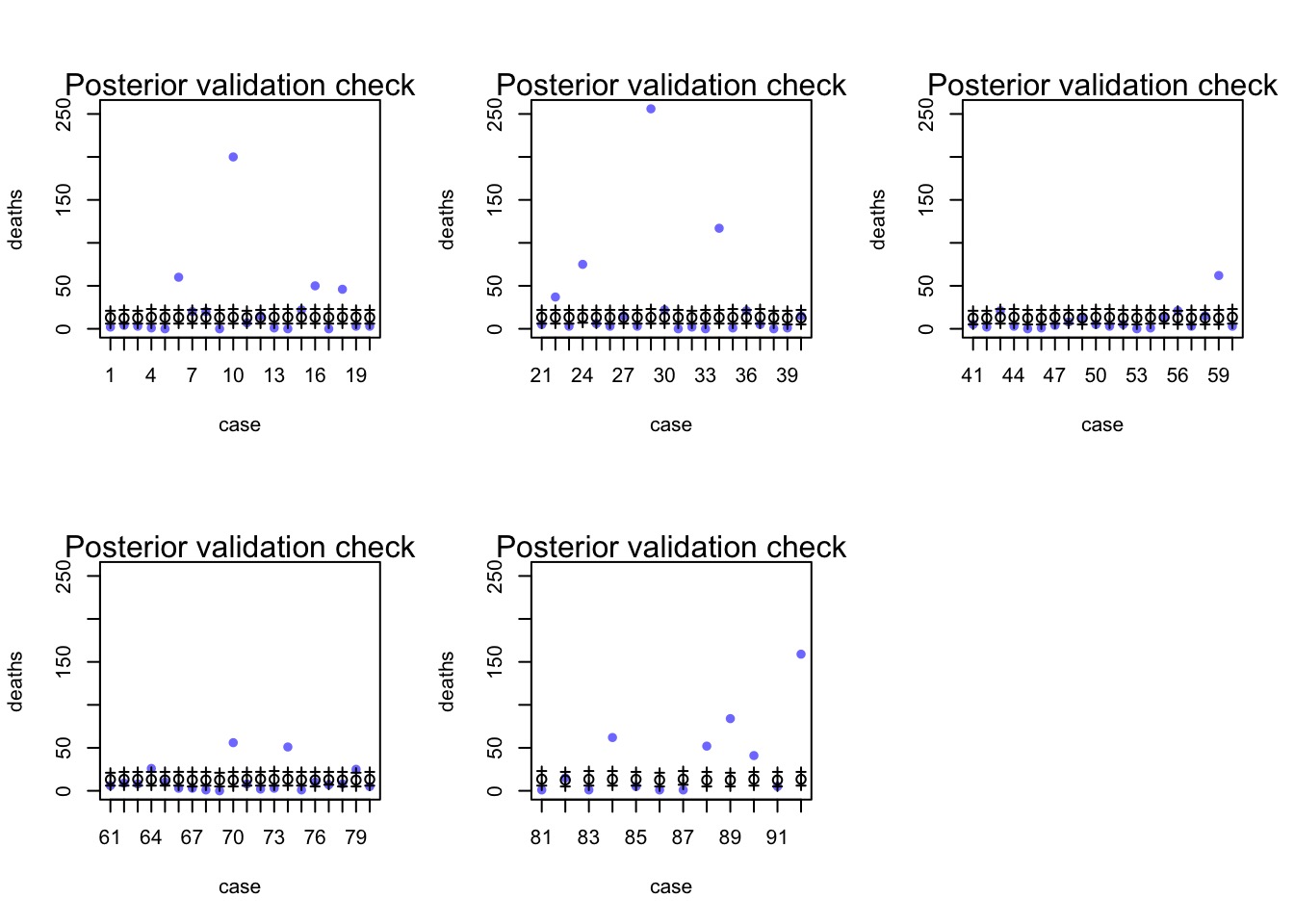
Evaluating Posterior Predictions
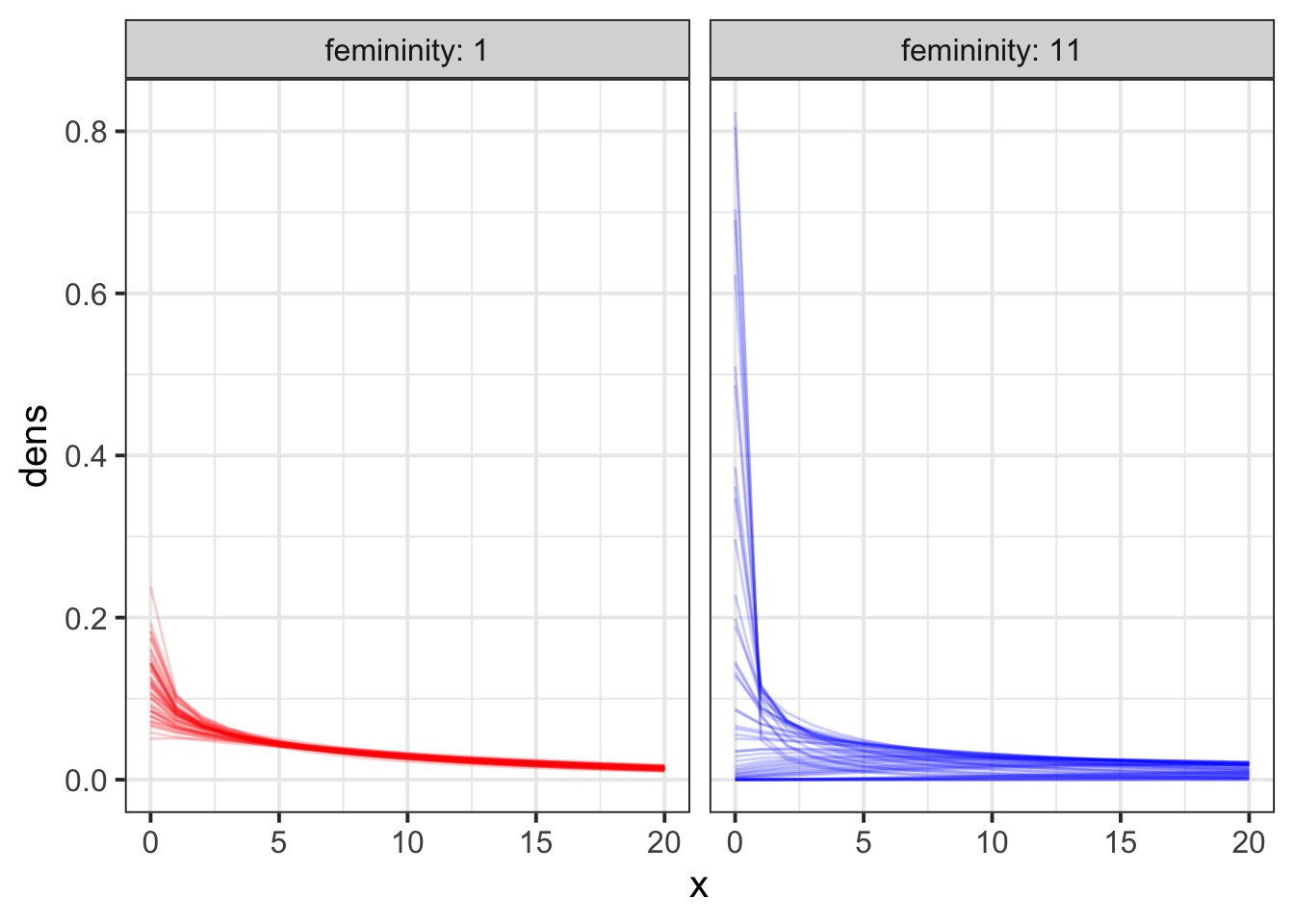
Did it Predict Well?
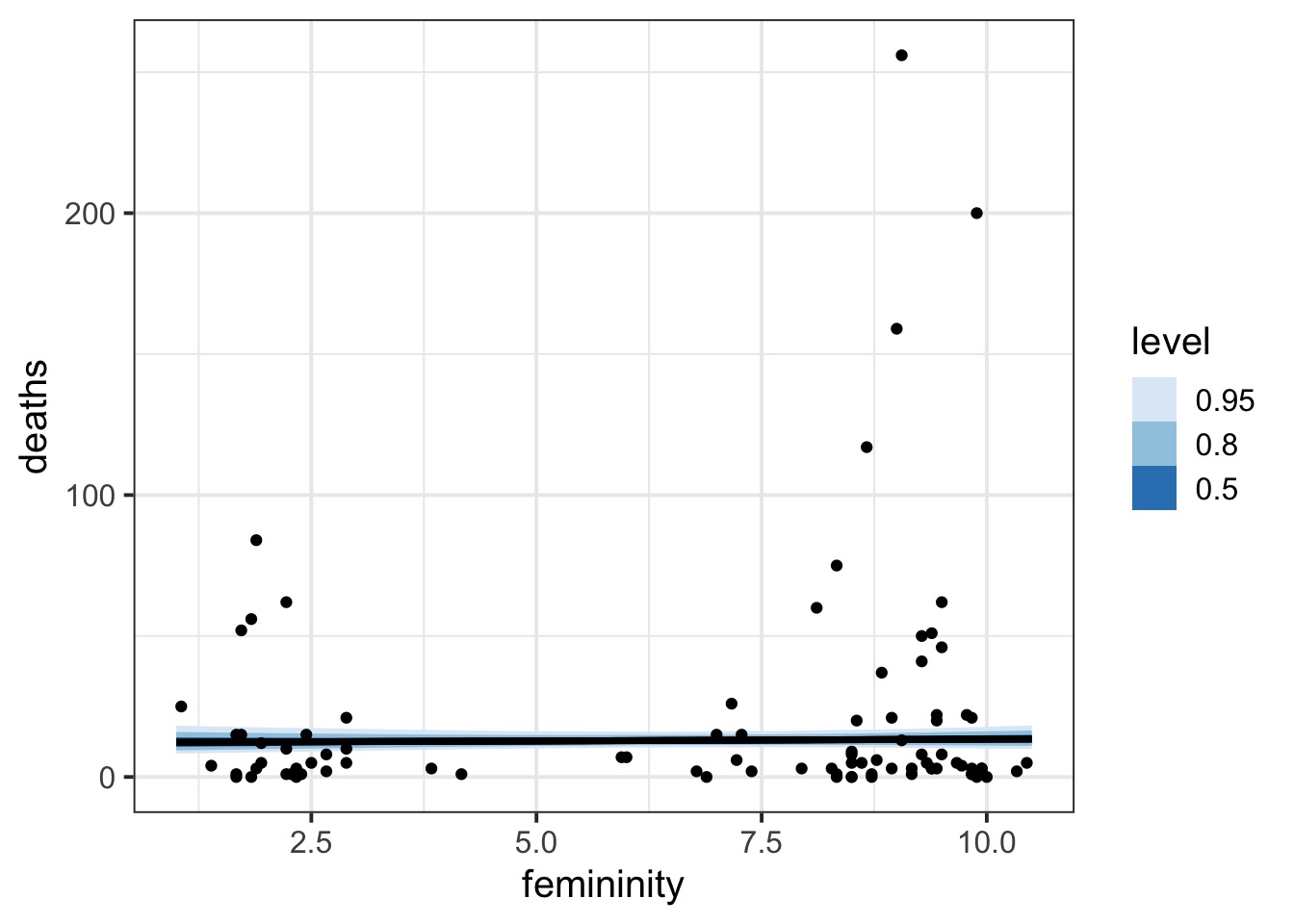
Wait, Those Coefs…

Well, What did the Predictions Say

Overdispersion!
We can use mixtures to model overdispersed data.
These mixtures then have core parameters of one distribution as part of a second distribution.
This allows us to flexibly model overdispersion, but, sometimes overdispersion means there are parameters we are not accounting for.
Think about better models of overdispersion…